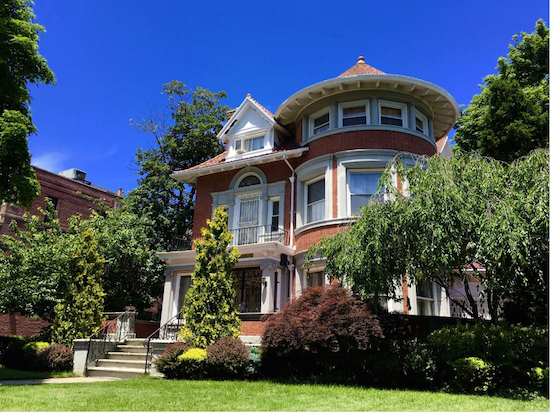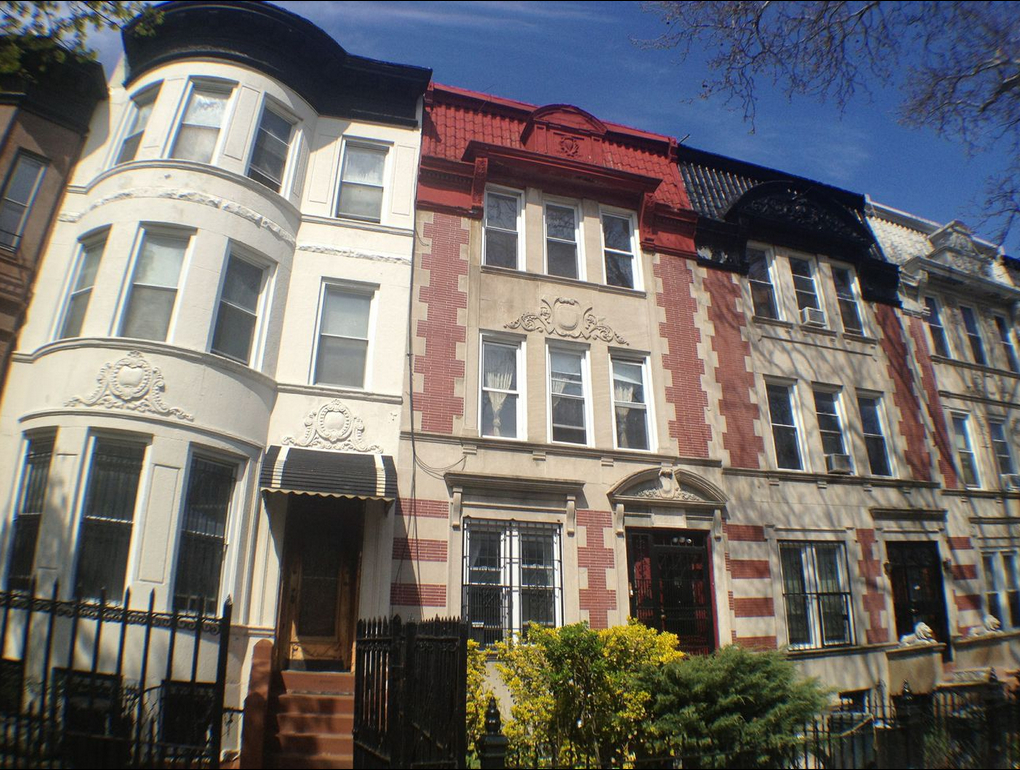What’s your favorite house on Doctor’s Row?
Eye On Real Estate: Mansions grace President Street in Crown Heights South

Welcome to Doctor's Row in Crown Heights South. This is one of its lovely houses, 1281 President St. Eagle photos by Lore Croghan
If you were a surgeon at the House of St. Giles the Cripple a century ago, you might have lived in a Doctor’s Row mansion.
The same goes if you were a healer of yesteryear at Kings County Hospital or Brooklyn Jewish Hospital.
Doctors who worked at these three Brooklyn hospitals in the early decades of the 20th Century gravitated to Crown Heights South as a place to live. And Doctor’s Row, on President Street between New York and Kingston avenues, was an absolutely prime spot.
